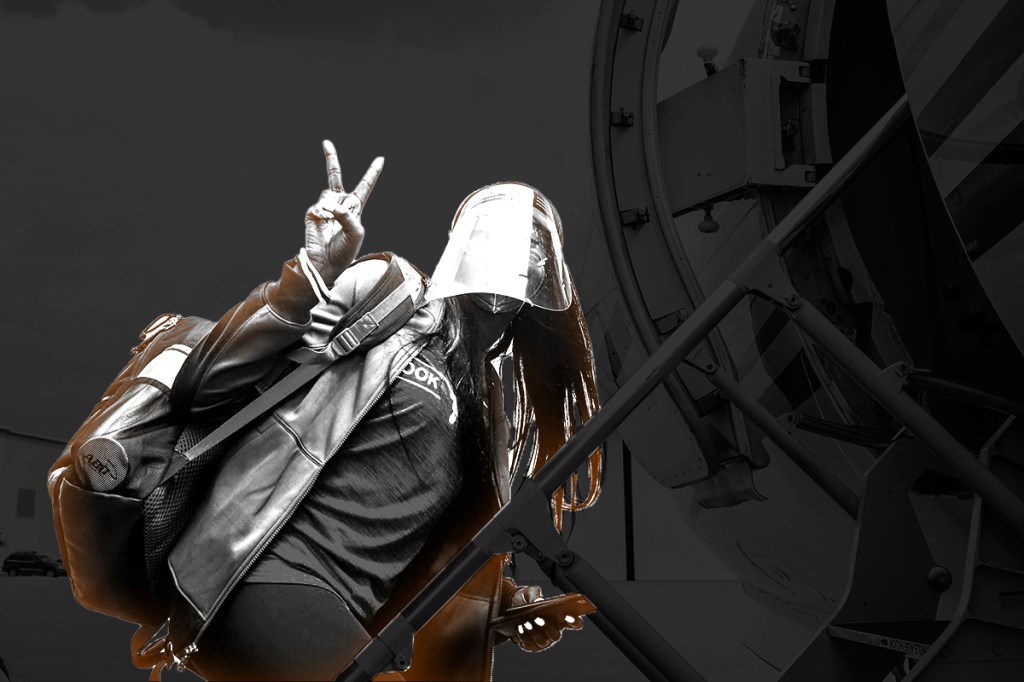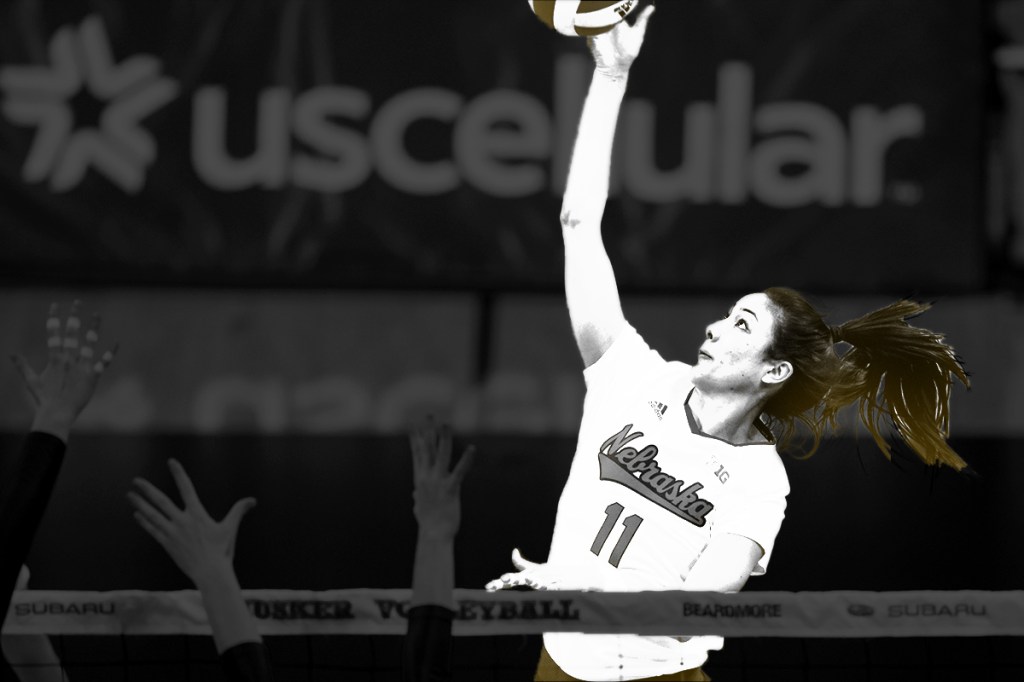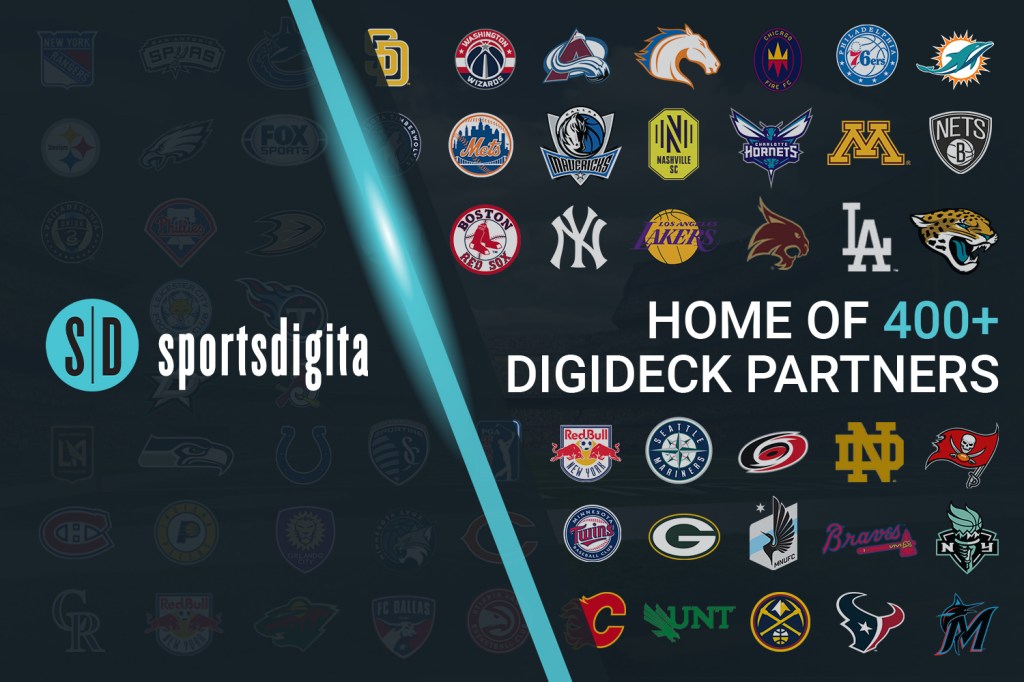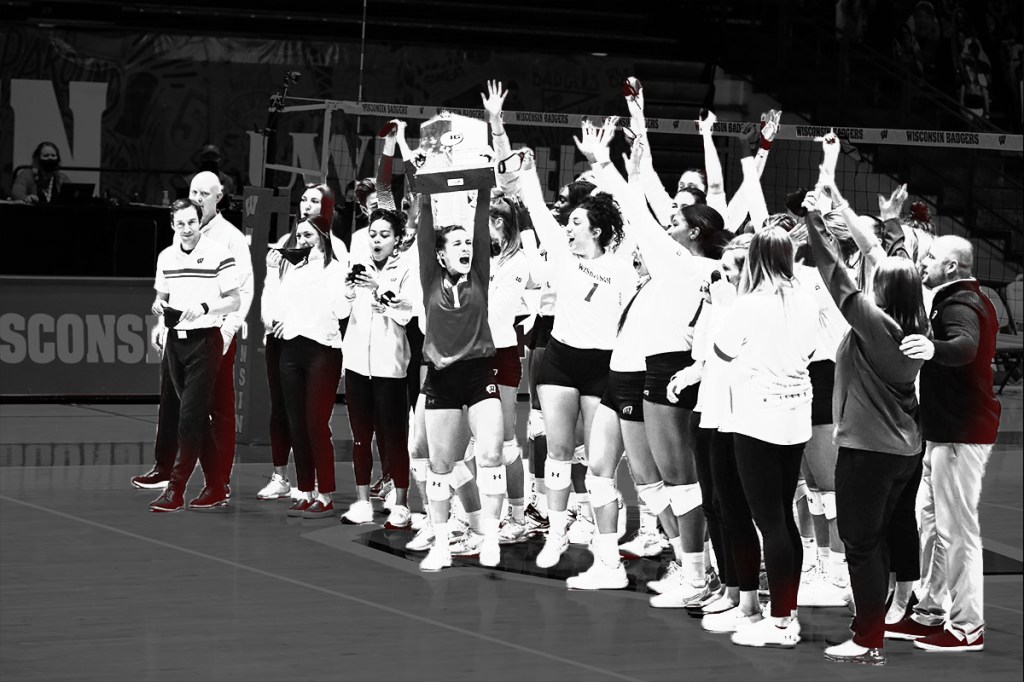Today, the NCAA women’s volleyball championship kicks off at the CHI Health Center Arena and Convention Center in Omaha, Nebraska.
But even before the 48-team field arrived, the college sports world experienced deja vu: Coaches began to criticize a lack of resources at the tournament.
Wisconsin coach Kelly Sheffield told reporters of one issue: “I have a feeling that could blow up as much as what the weight room stuff did in women’s basketball.”
The Problems
The tournament had already received criticism for trimming the field from 64 to 48 teams. But throughout the day on April 8, coaches took to press conferences and Twitter, highlighting a laundry list of other concerns.
For example, practice courts were overlaid on cement — an unsafe environment that could cause injuries, “multiple” coaches told Big Ten Network analyst Emily Ehman. Then there was confusion about whether players would even get locker rooms to change in, Nebraska coach John Cook told reporters.
The icing on the cake was when coaches revealed ESPN wouldn’t provide commentators for the first two rounds.
“To me, it’s just lazy,” Sheffield said, noting that broadcasters can call games from home.
He said matches would more closely resemble a high school broadcast than a top-tier Division I championship. And since many high school sports do have commentators, the initial plan appeared to treat women’s volleyball worse than a high school game.
The Response
Hours after the criticisms emerged, the NCAA published separate statements in response that provided more excuses and contradictions than apologies — just as it did for basketball.
It said that “contrary to reports,” athletes would, in fact, get changing rooms. It also claimed to have adjusted the floor situation to prevent injuries.
Finally, it said there was “no requirement” for ESPN to provide commentators for all rounds, citing “pandemic-related restrictions and the format this year” as obstacles broadcast teams couldn’t overcome.
But ESPN tried to mitigate the PR firestorm that had befallen it. On April 12, the network released the full broadcast schedule, complete with a list of commentators to cover every match.
The release also noted that this would be the first year every match would be broadcast nationally.





